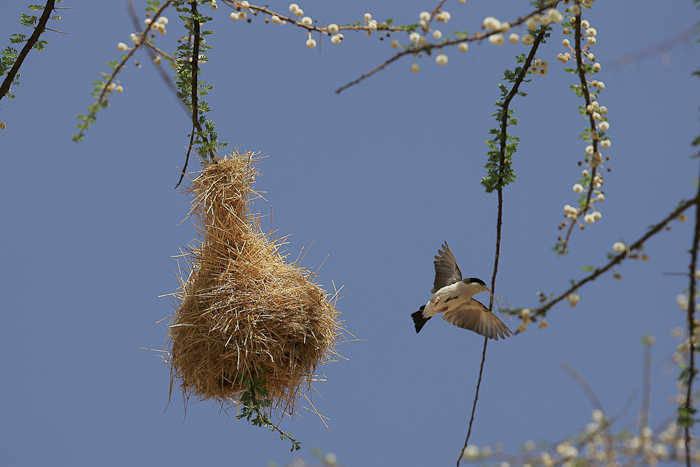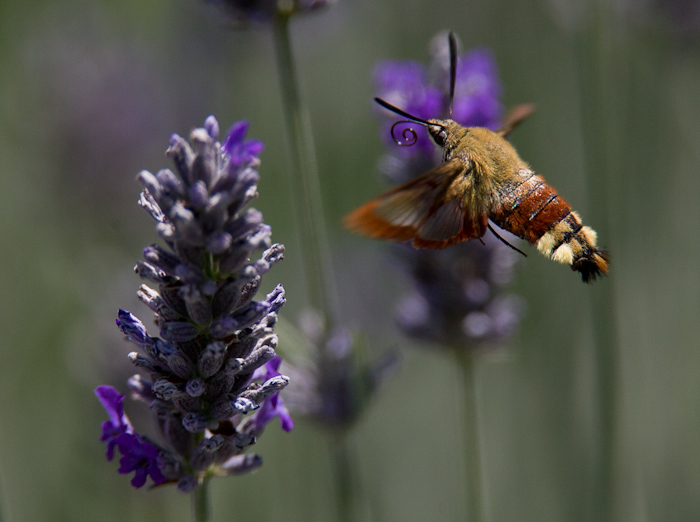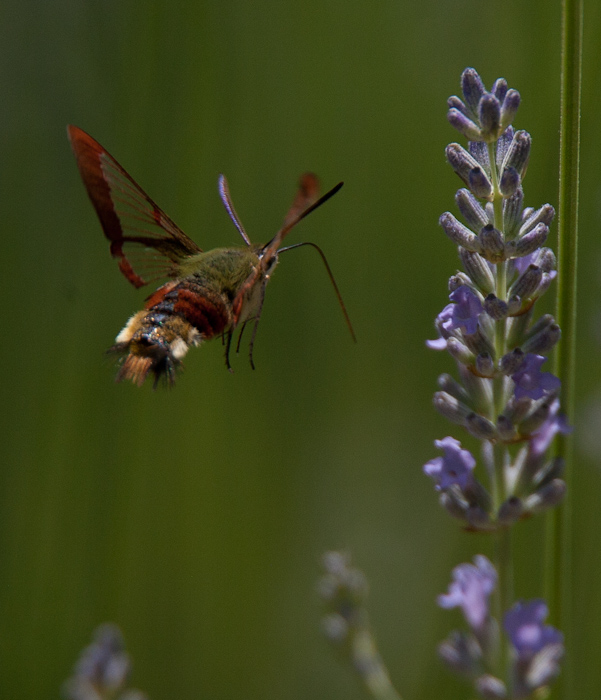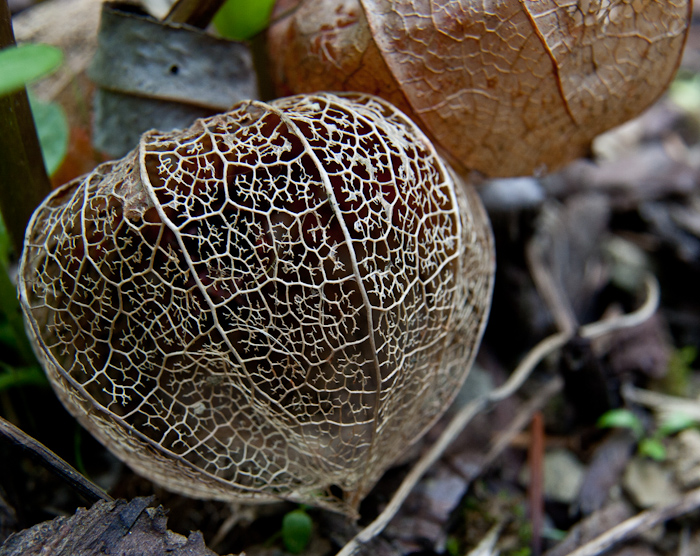by David Clarke | Nov 15, 2012 | African Birds, All, Birds, Kenya, Wildlife

This Crowned Lapwing was seen at the Solio Game Reserve, a private 18000 acre reserve just north of Nyeri in central Kenya. Solio has been successful in breeding black rhino and over 120 black and white rhino live there. One appealing feature of the reserve is that you just pay your entrance fee and drive yourself around. It’s quiet and has none of the zebra stripe painted jeeps full of tourists vying for position to get the next shot. At Solio, you just take your time.
According to ‘Birds of East Africa’ by Stevenson and Fanshawe, ‘the crowned lapwing is a bird associated with dry country and grasslands, best identified by head, breast and wing markings. All resident species are known as plovers in Southern Africa. The Crowned Lapwing, (Vanellus coronatus) is 31cm, 12″, has a smart head pattern with a black cap and white crown ring standing out at long distance; the ring accentuates the flat head and steep forehead. It is alert and upright, with yellow eyes and bright red legs.’
Canon 1DMkII with Canon 300mmf2.8L IS lens and x2 extender; ISO400 f5.6 1/640
[socialring]
by David Clarke | Nov 12, 2012 | African Birds, All, Birds, Kenya
 The Social-Weavers (Genus Pseudonigrita) are a different genus from True Weavers (Genus Ploceus), but apart from their colouring – true weavers are mainly predominantly yellow, the social-weavers seem to exhibit similar behaviour. According to Stevenson & Fanshawe’s excellent book, Birds of East Africa, ‘…the Social-Weavers are small birds (4.5″ – 5″) which occur in large flocks, often feeding together on the ground. Their nests are tightly woven balls of grass which hang from the very ends of the the thinnest branches of large trees, often hundreds of pairs breeding together. The sexes are alike.
The Social-Weavers (Genus Pseudonigrita) are a different genus from True Weavers (Genus Ploceus), but apart from their colouring – true weavers are mainly predominantly yellow, the social-weavers seem to exhibit similar behaviour. According to Stevenson & Fanshawe’s excellent book, Birds of East Africa, ‘…the Social-Weavers are small birds (4.5″ – 5″) which occur in large flocks, often feeding together on the ground. Their nests are tightly woven balls of grass which hang from the very ends of the the thinnest branches of large trees, often hundreds of pairs breeding together. The sexes are alike.
The Black-capped Social-Weaver (Pseudonigrita cabanisi) is a ‘small attractive weaver with a black cap and tail contrasting with a brown back and wings, a white bill with a greenish tinge, and red eyes. White below with black streaks on flanks and belly. Flocks inhabit drier country than the Grey-capped Social-Weaver from 200-1300m, including quite arid areas if large trees are present for breeding.’
I spotted this fellow on a trip to Buffalo Springs Game Reserve, Samburu, Kenya. He was one of many busily constructing their nests in a tree that was overflowing with nests.
Canon EOS 1DMkII with Canon 300mm f2.8L IS lens, ISO 200 f4.5 1/2500
[socialring]
by David Clarke | Nov 9, 2012 | All, Insects & Spiders, Italy

Following on from the post of a couple of days ago, a second shot of one of these busy moths.
During June and July, the lavender bushes in our garden in Tuscany are alive with the buzzing and humming of bees, beetles, butterflies and moths, all delighting in the sweet nectar.
A common visitor is the hummingbird hawk moth, and this one, the Broad-bordered Bee Hawkmoth Heparis fuciformis is also a regular.
These moths are a challenge to photograph since they are constantly on the move, darting from one flower to the next savouring the nectar, spending only a fraction of a second at any one flower.
I caught this one in mid-flight as he approached a flower. His proboscis is coiled but extended a fraction of a second after this shot was taken to collect the nectar from the lavender.
Location: countryside south of Arezzo, Tuscany, Italy.
Canon 1DMkII with a Canon 300mm IS f2.8 lens, a Canon 1.4x extender and Canon 25mm tube.
ISO 250 f4 1/3200 handheld.
[socialring]
by David Clarke | Nov 6, 2012 | All, Insects & Spiders, Italy

During June and July, the lavender bushes in our garden in Tuscany are alive with the buzzing and humming of bees, beetles, butterflies and moths, all delighting in the sweet nectar.
A common visitor is the hummingbird hawk moth, and this one, the Broad-bordered Bee Hawkmoth Heparis fuciformis is also a regular.
These moths are a challenge to photograph since they are constantly on the move, darting from one flower to the next savouring the nectar, spending only a fraction of a second at any one flower.
I caught this one in mid-flight as he approached a flower. His proboscis is extended and already homing in on the target – it curls up like a spring once the nectar is taken.
Location: countryside south of Arezzo, Tuscany, Italy.
Canon 1DMkII with a Canon 300mm IS f2.8 lens, a Canon 1.4x extender and Canon 25mm tube.
ISO 250 f4 1/3200 handheld.
[socialring]
by David Clarke | Oct 29, 2012 | All, Flowers, Italy

Chinese lanterns, aka Physallis, have beautiful orange cases containing the seed, which in this variety, is like a large bead. However, the beauty is not lost as the colour fades and the intricate structure of the lantern is clearer as it slowly decays.
Canon 1D MkII with Canon 28-70 f2.8L lens at 34mm. ISO 400 1/30 at f9
[socialring]
by David Clarke | Oct 22, 2012 | All, Kenya, Wildlife

I photographed this fine fellow years ago in the days of film. It was our first trip to Kenya and the Masai Mara, and what a trip!
He was relaxing in the bush at around 9am, having long finished his breakfast. The sun was playing through the branches and highlighting his fur in gloriously brilliant patches. He was totally unfazed by us as we sat in the jeep watching him in awe for ages. Later, he raised himself, stretched and wandered to plan lunch.
Canon EOS3 with Canon 300 f2.8L lens on Fuji transparency film. Scanned and tweaked in Lightroom.
[socialring]


 The Social-Weavers (Genus Pseudonigrita) are a different genus from True Weavers (Genus Ploceus), but apart from their colouring – true weavers are mainly predominantly yellow, the social-weavers seem to exhibit similar behaviour. According to Stevenson & Fanshawe’s excellent book, Birds of East Africa, ‘…the Social-Weavers are small birds (4.5″ – 5″) which occur in large flocks, often feeding together on the ground. Their nests are tightly woven balls of grass which hang from the very ends of the the thinnest branches of large trees, often hundreds of pairs breeding together. The sexes are alike.
The Social-Weavers (Genus Pseudonigrita) are a different genus from True Weavers (Genus Ploceus), but apart from their colouring – true weavers are mainly predominantly yellow, the social-weavers seem to exhibit similar behaviour. According to Stevenson & Fanshawe’s excellent book, Birds of East Africa, ‘…the Social-Weavers are small birds (4.5″ – 5″) which occur in large flocks, often feeding together on the ground. Their nests are tightly woven balls of grass which hang from the very ends of the the thinnest branches of large trees, often hundreds of pairs breeding together. The sexes are alike.




